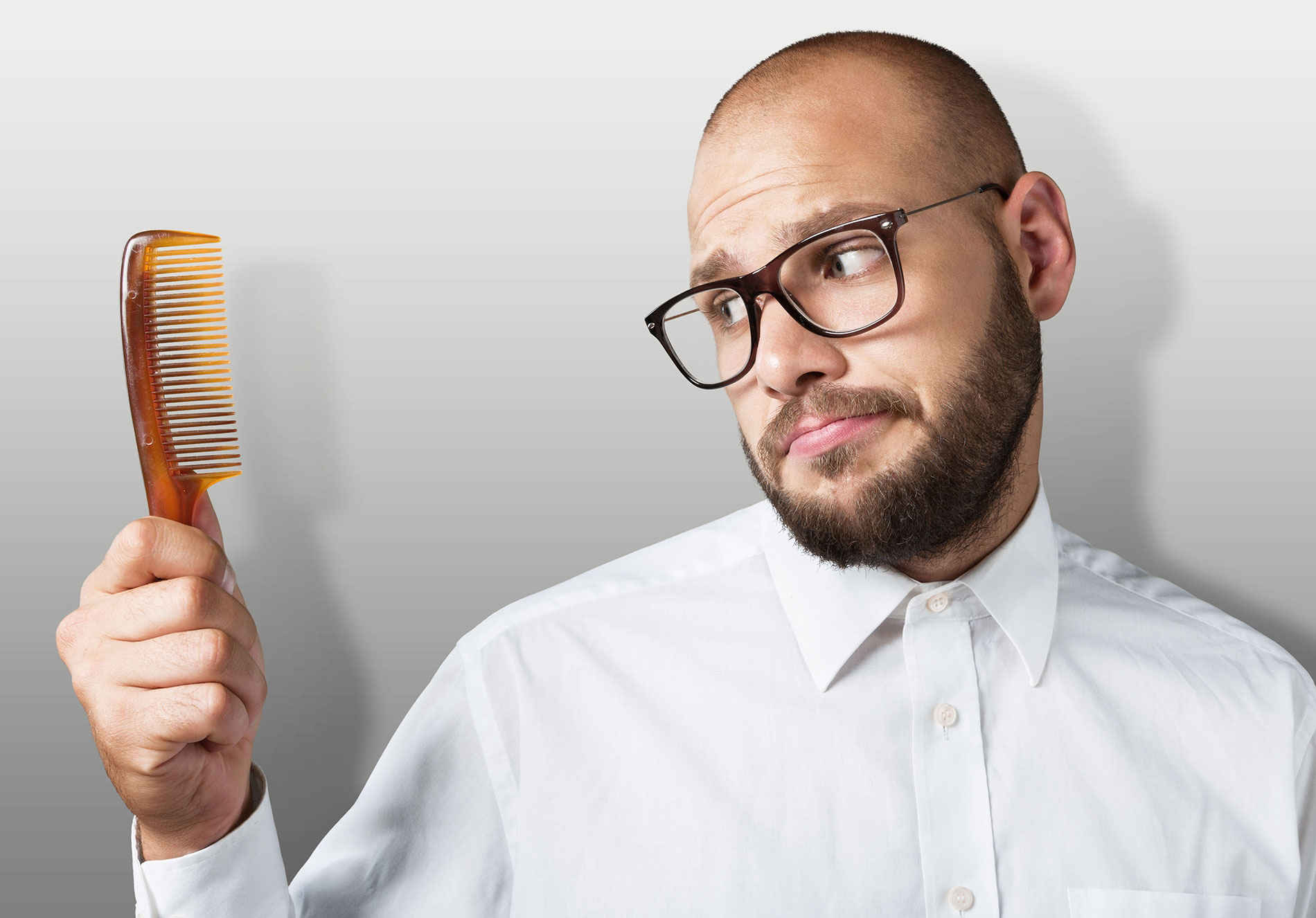Hair loss: causes and therapies
Thursday, November 23, 2017
 Hair loss is a common complaint among woman specially during child bearing age.
Hair loss is a common complaint among woman specially during child bearing age.
The human scalp contains over 100,000 to 150,000 hair follicles.
Those follicules undergo lifelong cycling characterized by periods of growth (anagen), transformation (catagen), and rest (telogen). In humans, hair cycling is not synchronous, meaning that individual follicles cycle independently.
Everyone loses their hair and it is normal to lose about 50-100 hairs every day.
Hair grows at a rate of about 15 cm a year and the lifespan of each hair lasts for 2-6 years before it falls out, the follicle has a rest for a while, while another takes its place.
Hair loss which is also known as alopecia involves a wide spectrum of conditions.
Some are characterized by being severe leading to baldness such as alopecia areata in which an autoimmune process contributes to the loss of hair on the scalp or other areas.
Traction alopecia results from prolonged pull or tension on the hair follicle, usually due to tight ponytails or braids. Traction alopecia from braids or hair weaves is most commonly detected along the frontal and temporal hair lines.
Female pattern hair loss: a condition described as thinning of the hair in the frontal part of the scalp and is usually hereditary.
Telogen effluvium: Telogen effluvium is a common cause of diffuse hair loss . Examples of factors that may stimulate this condition include major physical or psychologic stressors, childbirth, dietary restriction, and medications. Hair loss usually occurs two to three months after the inciting event, and reverses once the inciting factor is eliminated.

And finally, thyroid disease and anemia causes hair loss which can be reversed by treatment and correction of the condition.
Most cases of hair loss are treatable and reversible.
First of all, they should be appropriately diagnosed, then in certain circumstances the patient would need to undergo a series of blood tests.
Telogen effluvium is treated by removing the inciting event and providing cosmetic support if needed.
Hair loss secondary to anemia is reversed by correcting the condition, ferritin (iron stores) are aimed to be corrected to level of 30-40 mcg/L. As for hair loss secondary to thyroid dysfunction, a correction of thyroid function and its return to normal would stop the hair loss.
Female pattern hair loss can be treated with topical treatment such as minoxidil or other oral medications.
 By Dr. Sara El Ghandour
By Dr. Sara El Ghandour
Specialist Internal Medicine , Endocrinology And Diabetes









